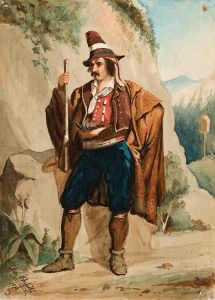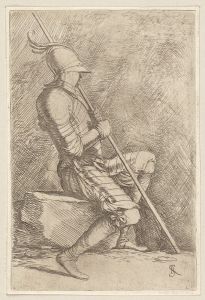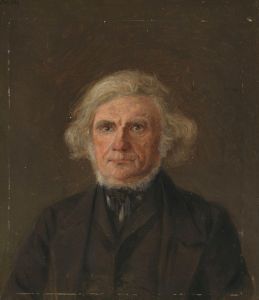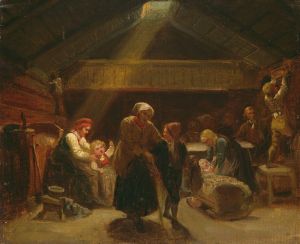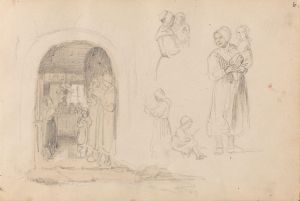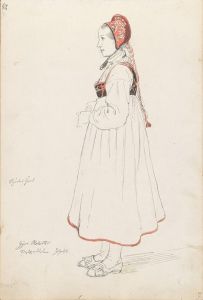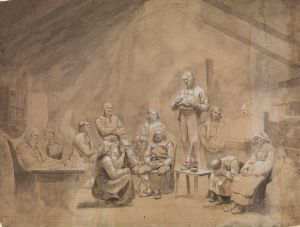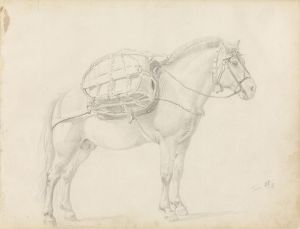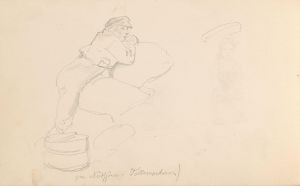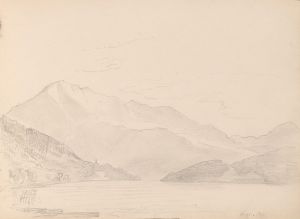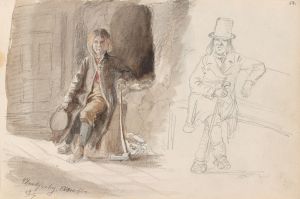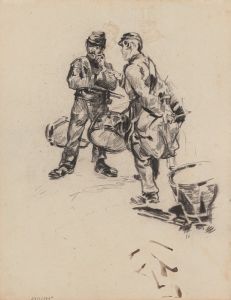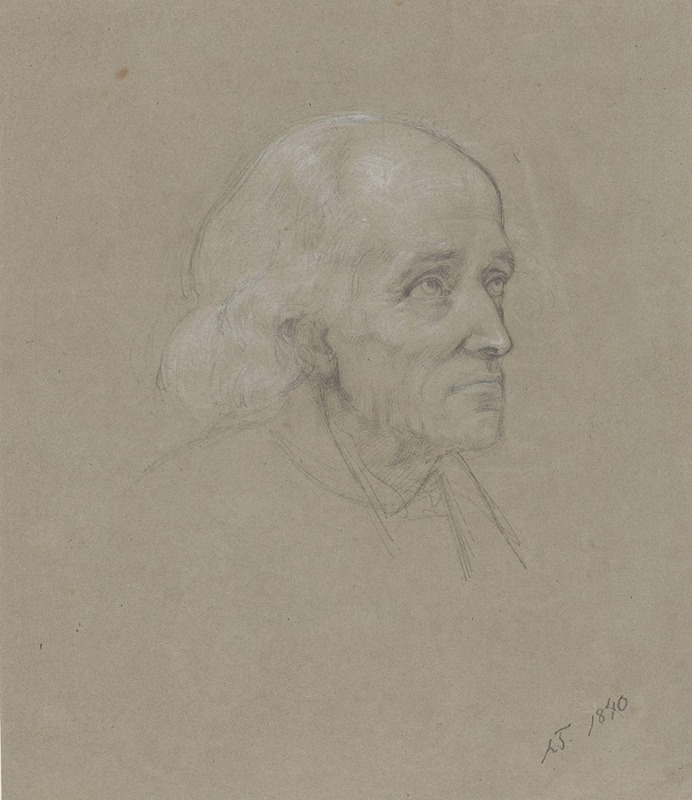
Eldre langhåret mann
A hand-painted replica of Adolph Tidemand’s masterpiece Eldre langhåret mann, meticulously crafted by professional artists to capture the true essence of the original. Each piece is created with museum-quality canvas and rare mineral pigments, carefully painted by experienced artists with delicate brushstrokes and rich, layered colors to perfectly recreate the texture of the original artwork. Unlike machine-printed reproductions, this hand-painted version brings the painting to life, infused with the artist’s emotions and skill in every stroke. Whether for personal collection or home decoration, it instantly elevates the artistic atmosphere of any space.
Adolph Tidemand was a prominent Norwegian painter in the 19th century, known for his detailed and realistic depictions of Norwegian folk life and traditions. One of his works, "Eldre langhåret mann," which translates to "Old Long-Haired Man," is a testament to his skill in capturing the essence of his subjects with both dignity and realism.
Adolph Tidemand was born on August 14, 1814, in Mandal, Norway. He studied art in Copenhagen and later at the prestigious Kunstakademie Düsseldorf in Germany, where he became associated with the Düsseldorf school of painting. This school was known for its detailed and realistic style, which Tidemand adopted and adapted to his own thematic interests in Norwegian culture and history.
"Eldre langhåret mann" is a portrait that exemplifies Tidemand's focus on the individual character and personality of his subjects. While specific details about this particular painting are scarce, it is consistent with Tidemand's broader body of work, which often included portraits of Norwegian people, capturing their expressions, attire, and the cultural context of the time. His portraits are noted for their attention to detail and the way they convey the dignity and humanity of the sitter.
Tidemand's work is characterized by its ethnographic interest, as he often traveled throughout Norway to study and document the lives and customs of its rural inhabitants. This approach was part of a broader 19th-century European interest in national identity and cultural heritage, which was particularly significant in Norway as it sought to assert its cultural identity during a period of political union with Sweden.
The painting "Eldre langhåret mann" likely reflects Tidemand's interest in portraying the wisdom and experience of older generations, a common theme in his work. His portraits often highlight the unique features and expressions of his subjects, providing a window into their lives and the era in which they lived. The long hair of the subject might suggest a connection to traditional or historical Norwegian styles, further emphasizing the cultural context that Tidemand sought to capture.
Tidemand's contribution to Norwegian art is significant, as he played a crucial role in shaping the national romantic style that became popular in Norway during the 19th century. His works, including "Eldre langhåret mann," are celebrated for their ability to convey the spirit of the Norwegian people and their way of life. Tidemand's paintings remain an important part of Norway's cultural heritage and continue to be studied and appreciated for their artistic and historical value.
Adolph Tidemand passed away on August 25, 1876, in Christiania (now Oslo), Norway. His legacy endures through his extensive body of work, which continues to be exhibited in museums and galleries, offering insight into the Norwegian national identity and the everyday lives of its people during the 19th century.





